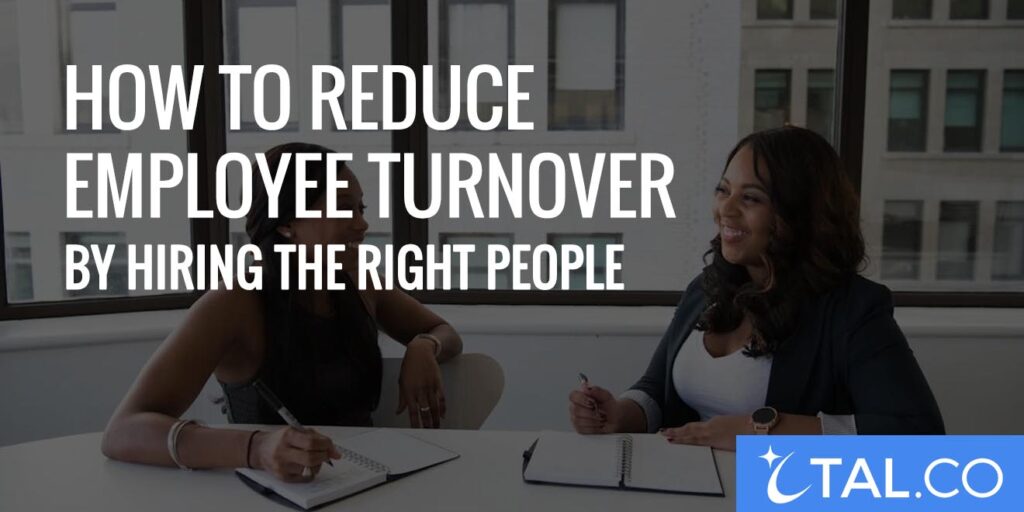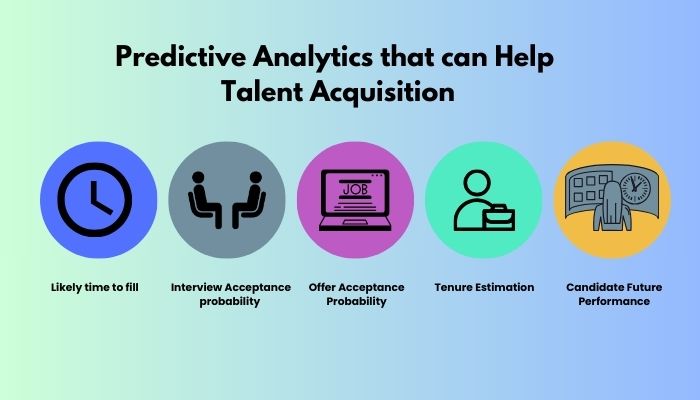
How To Reduce Employee Turnover by Hiring the Right People
If your company’s turnover rate has you feeling like you’re running a revolving door rather than a business, it’s probably time to face an inconvenient truth: the problem isn’t just the employees leaving; it’s the people you’re hiring—and how you’re hiring them. Sure, it’s easy to blame “today’s workforce” for being too fickle, too entitled, too insert-cliché-here. But if you’ve been ghosted by more new hires than a haunted house, odds are the root cause is sitting squarely in your hiring process.
Reducing turnover doesn’t require a magic wand or another inspirational LinkedIn post about “hustle culture.” It requires rigor, data, and, frankly, fewer bad decisions. If you’re ready to stop hemorrhaging talent, we’re going to break down how to hire the right people from the start—without the fluff, but with plenty of sarcasm to keep you awake.
Outline
Write Job Descriptions for Humans, Not Robots
1. Stop Hiring on Vibes and Start Using Predictive Analytics

Stop Hiring on Vibes and Start Using Predictive Analytics
Look, your hiring manager’s “gut feeling” about a candidate is about as reliable as using a horoscope to choose your next CFO. Predictive analytics takes the guesswork out of the process by applying statistical models and historical performance data to identify which candidates are likely to thrive and which ones are destined to become your next regret.
By leveraging structured data points—such as prior role success metrics, cognitive ability tests, and personality profiles correlated to actual job performance—you can model the probability of success before someone even sets foot in your office. This isn’t just some tech gimmick; it’s a proven method to reduce costly mis-hires. Stop pretending your sixth sense is a substitute for regression analysis and let the algorithms do the heavy lifting.
How To Integrate Predictive Tools Without Losing Your Soul
Now, before you turn your entire hiring process into an episode of “Black Mirror,” remember that predictive tools are here to inform decisions, not make them for you. The best systems complement human judgment by flagging inconsistencies, surfacing unexpected talent, and providing quantifiable insights.
But here’s the trick: don’t make candidates feel like they’re taking a TSA-level screening just to apply. Integrate these tools quietly behind the scenes, refine your models over time, and—this part is important—make sure your team actually understands how to interpret the results. Otherwise, you’ve just added expensive window dressing to the same broken system.
2. Write Job Descriptions for Humans, Not Robots
Stop Overselling and Underexplaining
If your job postings read like a failed Mad Libs experiment—”We’re seeking a self-starting, highly motivated ninja to disrupt industry paradigms!”—congratulations, you’re scaring off qualified people while attracting applicants who think “pivoting” is a skill.
A proper job description needs to lay out real responsibilities, actual KPIs, and clear expectations. What are they walking into? What does success look like 90 days in? Spell it out. The goal is alignment, not aspiration. Overpromise, and you’ll underdeliver, and then you’ll be right back here wondering why turnover keeps spiking every quarter.
Use Role-Specific Competency Models (Yes, They’re Worth It)
Competency models aren’t just HR jargon to throw into board meetings. They are the foundation of consistent, high-quality hiring. By identifying the specific hard skills, soft skills, and behavioral competencies that predict success in each role, you create a framework that guides everything from resume screening to final interviews.
Yes, it takes work upfront. Yes, you might have to rethink that Frankenstein job description you’ve been recycling since 2017. But once these models are built, you eliminate the guesswork. You’re not asking, “Does this person seem smart?” You’re asking, “Can this person do exactly what we need, at the level we need, in the context we operate?”
3. Screen Like You Mean It (and No, Cultural Fit Is Not a Personality Test)
Behavioral Interviews That Don’t Suck
If you’re still asking, “What’s your greatest weakness?” and expecting anything other than a canned response about perfectionism, you deserve the mediocrity you’re hiring. Behavioral interviews should be designed to force candidates out of their rehearsed scripts and into sharing real-world experiences.
Forget “Tell me about yourself.” Try, “Describe the moment you realized you were in over your head on a project, and what did you do?” Look for patterns of behavior, not charisma. A candidate’s ability to charm a room isn’t remotely correlated to their ability to manage a high-stakes deliverable. Learn to tell the difference.
Skill Testing: Yes, You Have to Do It
Here’s a wild idea: if the job requires technical skills, maybe test for them. A software engineer who can’t code under pressure? A sales manager who can’t build a forecast? These are problems you should catch before onboarding, not after the first missed deadline.
Craft assessments that simulate real job tasks, evaluate the output, and stop pretending that checking references from their college roommate counts as due diligence. If you want pros, treat the hiring process like a professional evaluation—not a formality.
4. Onboarding Is Not a Pizza Party
Systematic Onboarding That Actually Prepares People
The onboarding experience shouldn’t feel like being thrown a company hoodie and a Slack invite, then left to figure it out. A structured 30/60/90-day plan with defined milestones is non-negotiable. Give new hires the tools, training, and support to succeed, and check in with them before they hit the “update resume” phase. When you skip this, you’re not saving time—you’re setting money on fire. And guess what? That’s turnover waiting to happen.
Assigning Real Mentors, Not Just Lunch Buddies
If your mentorship program is just “whoever sits nearest shows them the ropes,” it’s no wonder people leave. Effective mentorship connects new hires with experienced employees who guide them through processes, culture, and expectations with intention, not casual check-ins. It’s about accountability. Assign mentors who are incentivized to ensure new hires succeed. Otherwise, you’re just throwing people together and hoping for chemistry.
5. Conduct Exit Interviews Like a Crime Scene Investigation
Extracting Useful Data (Without Making It Weird)
When people leave, they know why. You just need to ask—but you also need to ask well. Exit interviews should dig beyond surface-level feedback. Why did this person really leave? What patterns are emerging across multiple exits? Are certain managers hemorrhaging talent? Spoiler: they probably are.
Create an environment where honest feedback is encouraged, and avoid the standard-issue “What could we have done better?” nonsense. Try specifics like, “What would have made you stay?” and “When did you first consider leaving?” That’s where the gold is.
Close the Loop (Or Prepare to Repeat the Same Mistakes)
And here’s the part where most companies drop the ball: using the exit data. If you’re collecting this intel only to file it away in some forgotten Google Doc, congratulations—you’ve learned nothing and will continue to hire poorly.
Feed this information back into your hiring strategy. Did three people quit because the job didn’t match the description? Rewrite it. Are you losing people because of one toxic manager? Fix it. Otherwise, buckle up for another year of revolving-door chaos.

